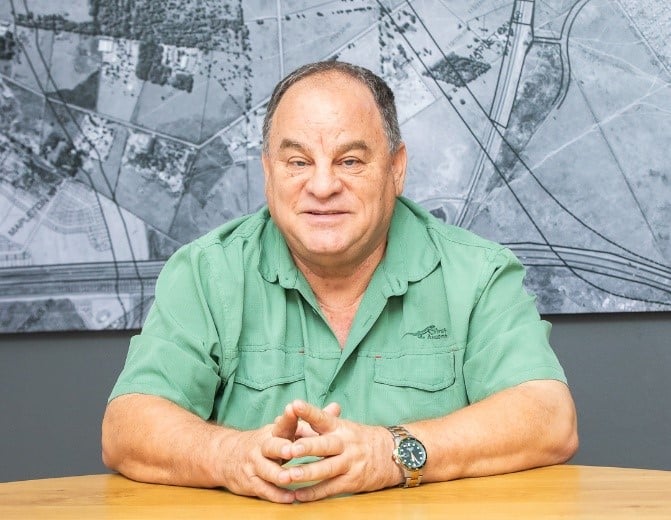The R50 billion Gauteng Port project has been met with massive endorsement since the White Paper was released into the public domain, with government agencies, industry associations, and logistics experts at the forefront of the support. The inland port, described as a long-term solution to Durban-Gauteng Freight Corridor congestion bottlenecks, is being hailed as one of the steps towards South Africa’s transport and logistics network modernization.
The Gauteng Department of Roads and Transport (GDRT) has confirmed that its infrastructure plans are appropriately synchronised with the Port’s development plan. The department’s 25-year Integrated Transport Master Plan (ITMP25) is set to support local economic growth and job creation through improved road linkages. “The location of the Port is strategic for this strategy,” GDRT Director of Communications, Melitah Madiba, observed, adding that the project will reinforce Gauteng’s position as South Africa’s logistics hub of preference.
At a national level, Port’s White Paper is consistent with the government’s rail reform strategy. Transport Minister Barbara Creecy reaffirmed the state’s commitment to developing rail as the backbone of goods and passenger transport, with an appeal for increased private-sector investment due to limited public funds. “The R50 billion Port of Gauteng, as a flagship private sector project, responds directly to this invitation to collaborative, non-state funded solutions,” was the view of project developer Francois Nortjé.
Industry players also welcomed the White Paper with their arms wide open. Road Freight Association (RFA) CEO Gavin Kelly characterized the project as a “watershed moment to move against the systemic inefficiencies strangling South Africa’s economic lifelines.” He believed that the Port’s multimodal plan has the capability to rebalance the country’s freight network and put rail back in contention. Grain SA CEO Tobias Doyer also added that the project arrives “at a critical juncture when the agricultural logistics system is bearing extreme pressure.”
Fleetwatch Editor Patrick O’Leary termed the White Paper “the most ambitious private-sector proposal put to Parliament so far,” but warned that success will be achieved in implementation. “If these elements work together — regulatory certainty, rail performance, and timely financing — the Durban–Gauteng Corridor could finally move from crisis to competitiveness,” he said.
Both technologically and in terms of safety, the project has also been favored for having Performance-Based Standards (PBS) for heavy vehicles. Paul Nordengen, the Director of Heavy Vehicle Transport Technology Africa, states the system — already credited with a 39% crash rate reduction under pilot schemes — will improve road safety, reduce congestion, and lower logistics costs along the N3 corridor.
The White Paper also proposes a hybrid toll model for PBS trucks to channel cross-subsidies to the Transnet Rail Infrastructure Manager (TRIM). This mechanism is vital to develop the rail network, especially as Transnet faces “material uncertainty” over whether it can remain in operation.
“Port Gauteng’s integrated model recognizes that rail renaissance in a vacuum is not the panacea,” said Nortjé. “Our vision is to offer an integrated, financially sound logistics solution which will benefit both road and rail.”.
With broad backing from government, industry, and technology partners, the Port of Gauteng is now poised to be South Africa’s most significant infrastructure project. “This overwhelming demonstration of support assures us that we can go ahead with a vision shared to build a world-class gateway for trade for the province and nation,” Nortjé said.


